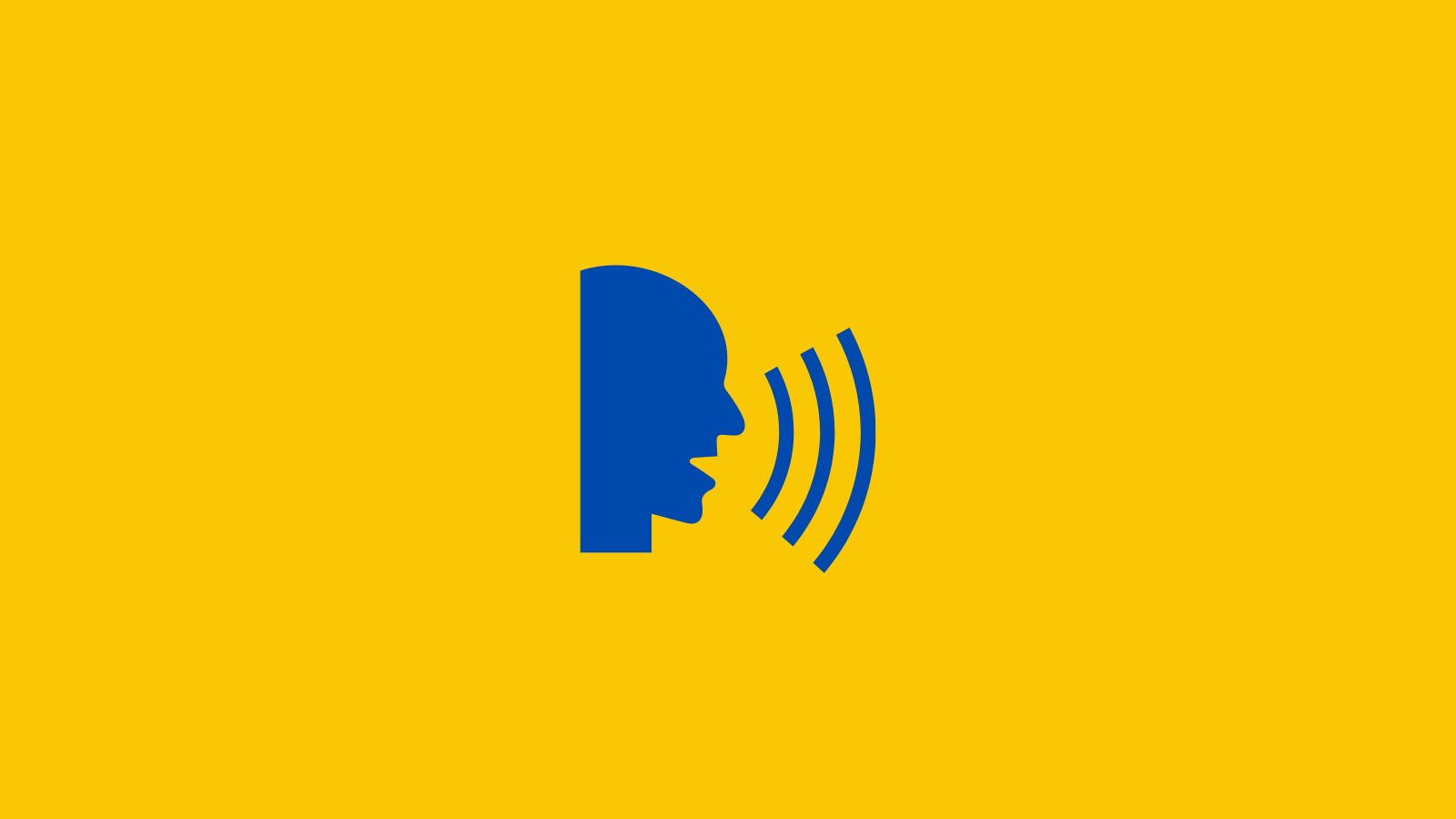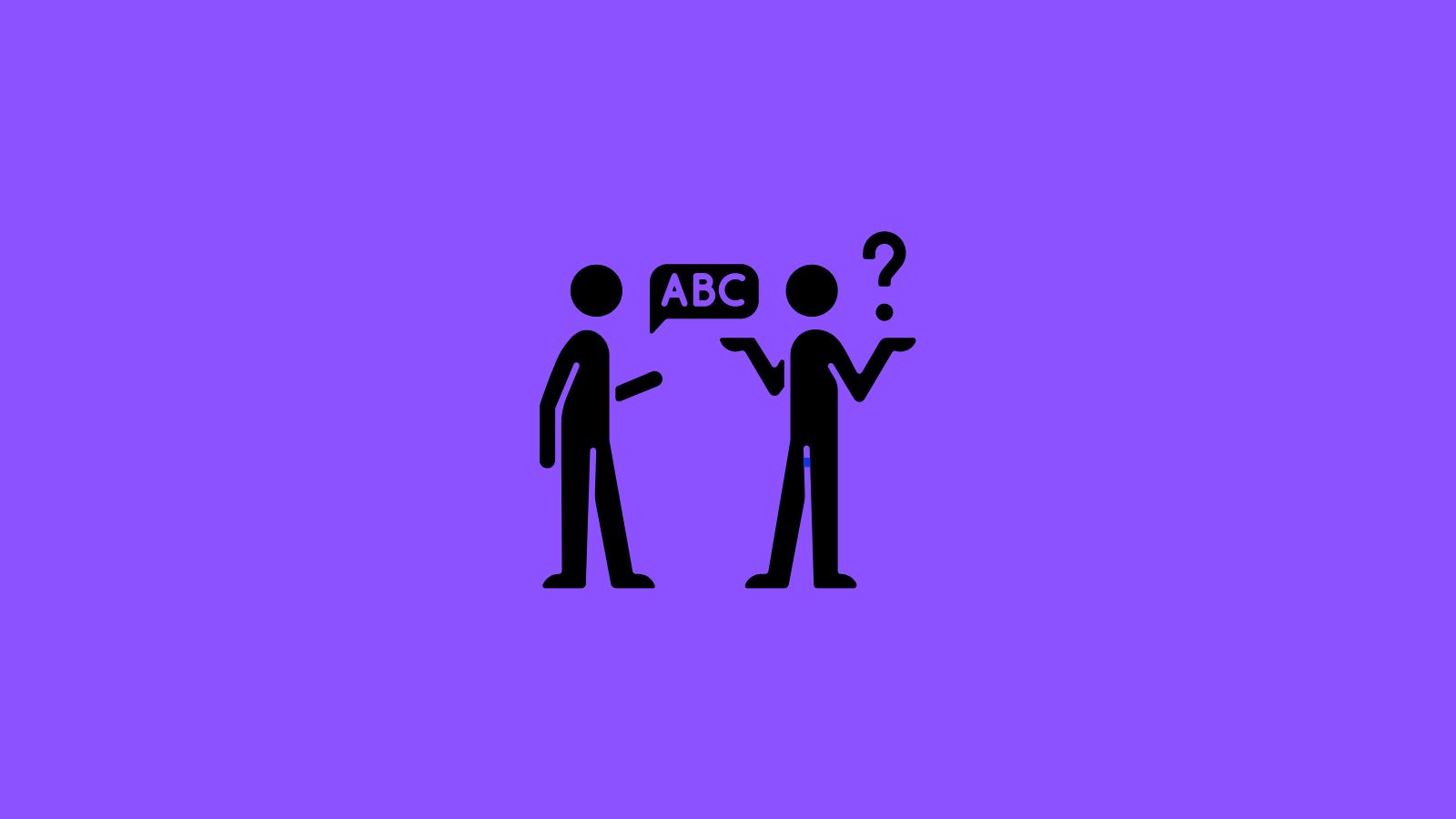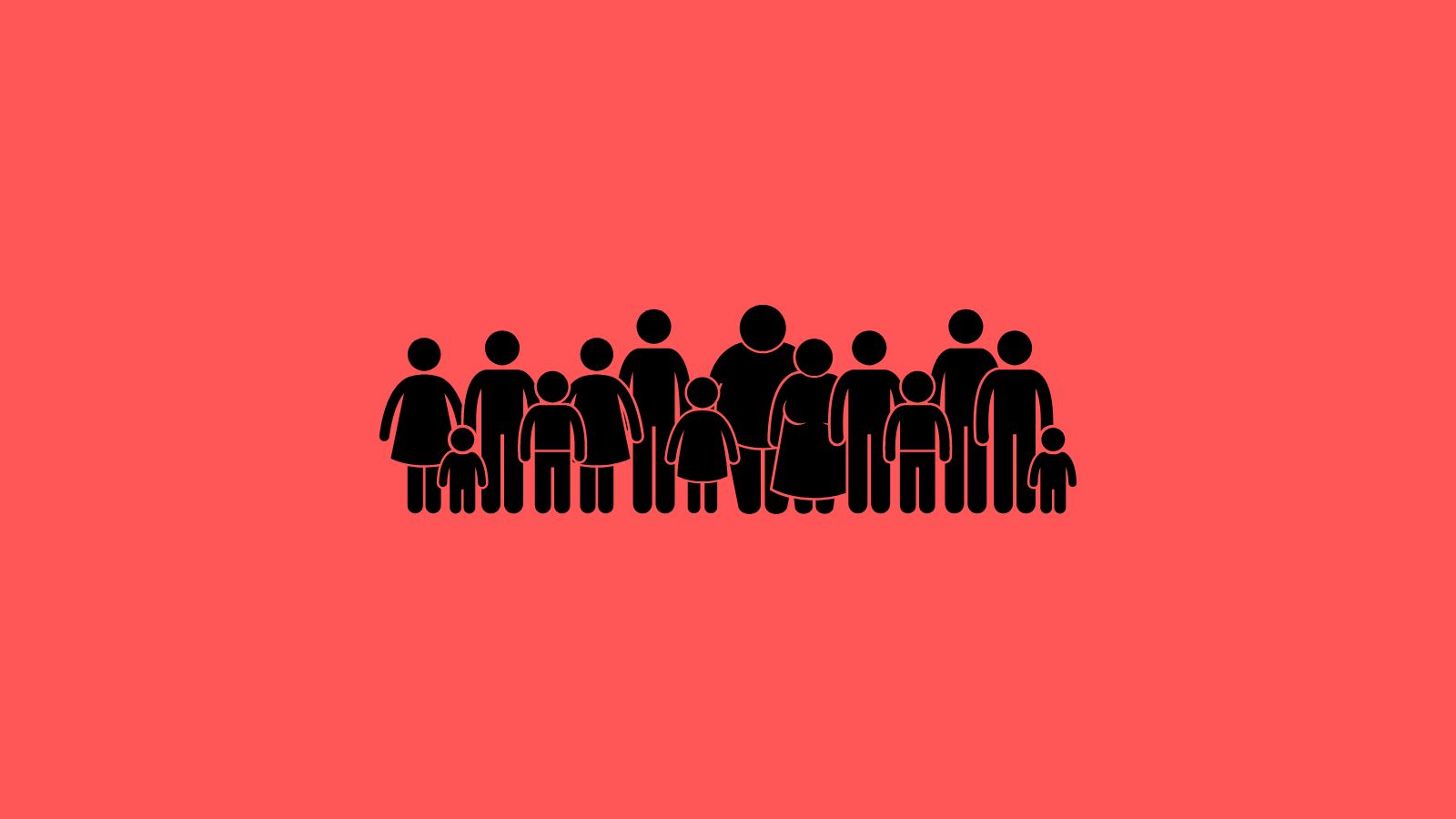Communication and Interaction (School Age KS4)
Communication and Interaction (School Age KS4)
Communication and Interaction (School Age KS4)
Communication and Interaction Needs
Speech language and communication needs (SLCN) can affect children and young people in many different ways. Some children have difficulties understanding what they’ve heard, while others find it hard to produce speech sounds, find the right word or form sentences, or speak fluently (stammering). Some children may be confident talkers in some situations but feel too anxious in others (selective mutism). Some children find it hard to use their language skills to communicate and interact with others and maintain friendships. Older children and young people may struggle with skills like prediction and inference.
Autistic and neurodivergent children and young people may experience difficulties with language development and with social communication for a range of reasons. However, these difficulties may not be present when communicating with other autistic people, this is known as the double empathy problem; autistic people may struggle to understand non autistic people, and non autistic people struggle to understand autistic people.
It is important to consider the impact of communication and interaction needs on the other areas of development, such as social- emotional development, wellbeing (SEMH) and literacy development (Cognition and Learning).

COMMUNICATION AND INTERACTION KS4
Identifying Needs
what you might see in the classroom

COMMUNICATION AND INTERACTION KS4
Assessment Tools
you can use to assess children’s strengths and needs in this area

COMMUNICATION AND INTERACTION KS4
Top Tips
for developing an Inclusive Learning Environment

COMMUNICATION AND INTERACTION KS4
Overviews
for parents/carers, children and young people
Meeting Needs: Supporting Identified needs through a Graduated Approach
Strategies are organised under three headings using the Thrive Framework:
Getting Advice (Adjustments in the Classroom)
Getting Help (Targeted/ Group Interventions)
Getting More Help (Specialist or 1:1 Interventions)
Strategies are suggestions and not a tick list and it should be the case that some children just need the first section and others need the first two and others need all three.
Hyperlinks have been included to make it easy to locate information about suggested approaches and interventions. The intervention Overview page details information and costings for each intervention per Key Stage.
Additional Resources
Related Pages
Last Updated: 8th Feb 2023, 13:03











